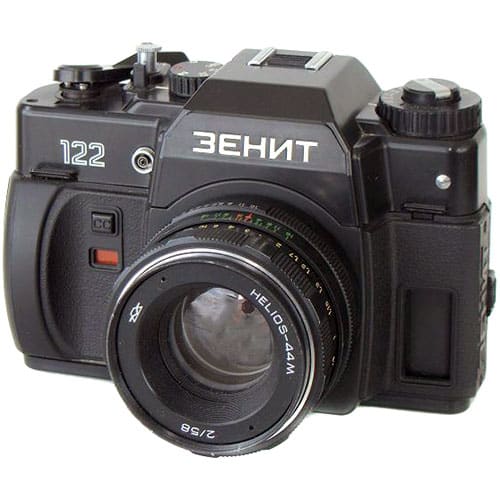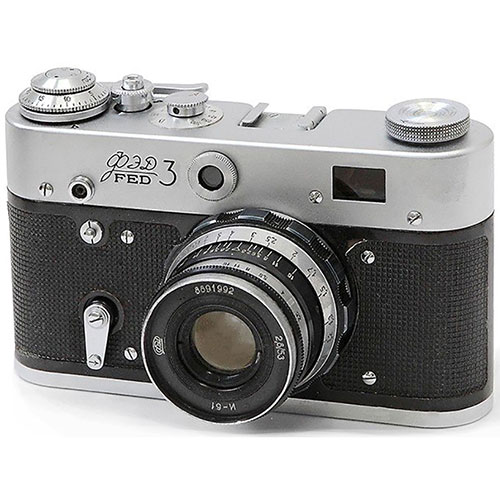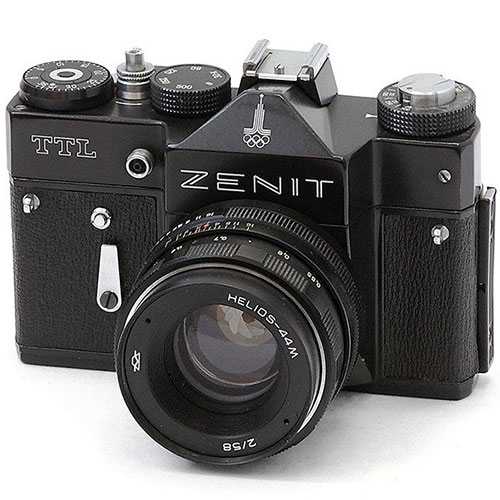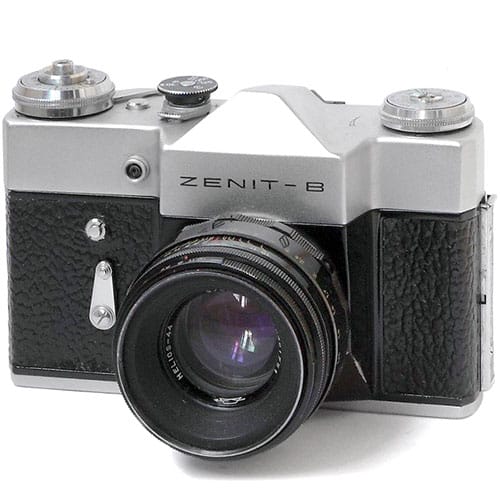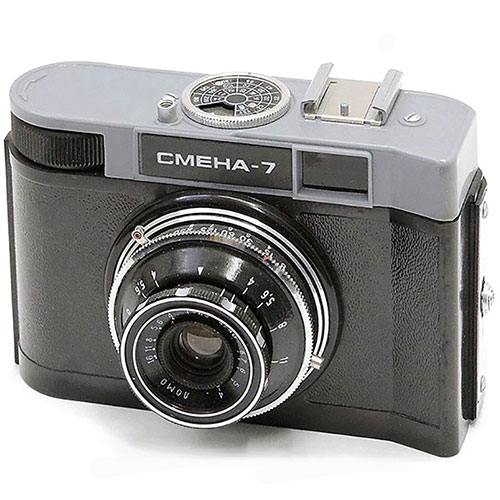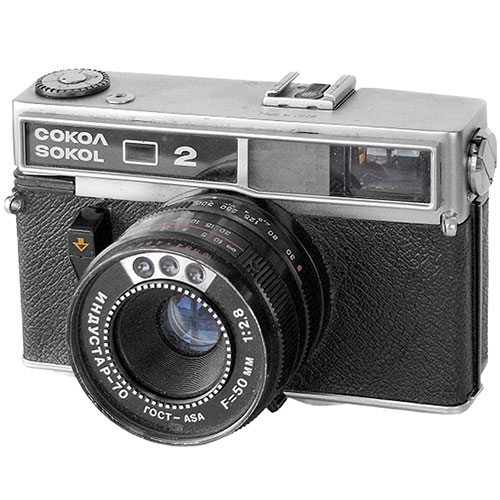EFTE-2
In the previous article, we talked about the Soviet medium format camera called EFTE-1, and EFTE-2, the apparatus discussed in this article, is not much different from above.
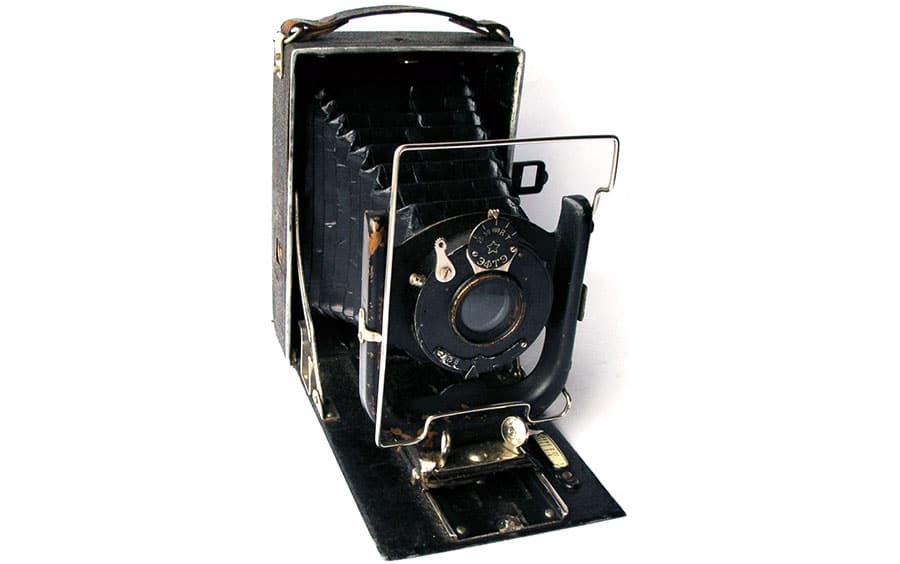
In the previous article, we talked about a Soviet large format camera called EFTE-1, and EFTE-2, an apparatus discussed in this article, is not much different from the EFTE-1 camera.
EFTE-2 Specifications
- Type: 9×12 folding camera
- Manufacturer: Foto-Trud
- Production period: from 1931 to 1932
- Format: 9×12
- Lens mount: fixed lens
- Lens: Periscope f12/150
- Shutter: leaf shutter with speeds of 1/25, 1/50 and 1/100 sec. plus B and T
- Viewfinder: ground glass
- Lighmeter: none
- Flash synchronisation: none
- Selftimer: none
- Weight: 1140 grams
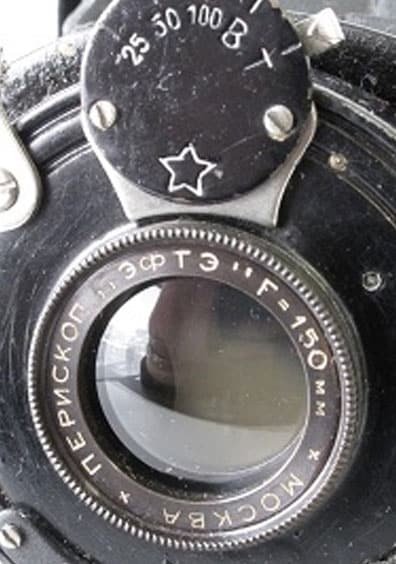
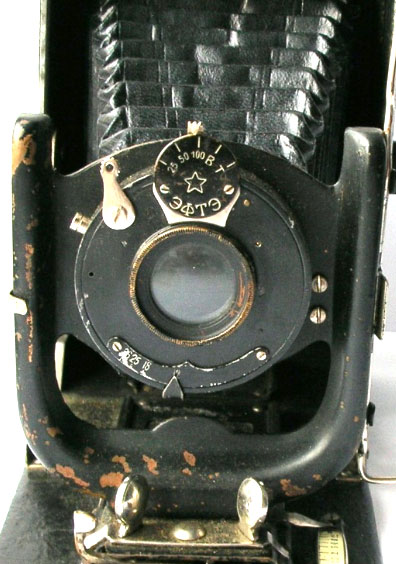
Since 1931, a Soviet shutter called “EFTE” has been installed on the “EFTE” cameras and the camera is called “EFTE-2” (the first serial camera made entirely from Soviet components). The first releases of EFTE-1 cameras were supplied with imported lenses – Kenngott-Anastigmat 6.3/135 or Radionar Anastigmat 6.3/135 and imported leaf shutters “Vario” with shutter speeds of 1/25, 1/50, 1/100 sec. “B” and “T”.
The production of EFTE cameras ended in 1933 when the Photo-Trud artel was divided into two parts, with the separation of the production of cameras in an independent direction, called ARFO.
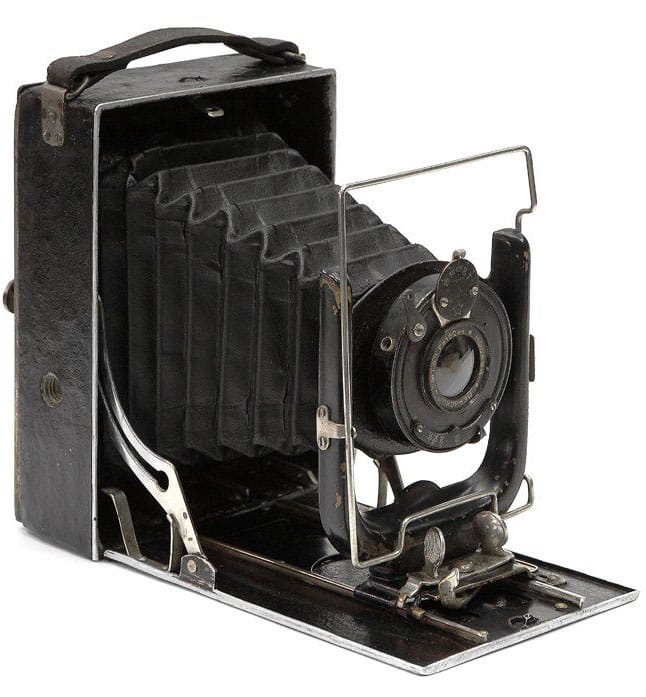
As we said above, the camera has very few differences from the EFTE-1. The folding frame of the viewfinder has slightly changed, the white meter scale has decreased in size and has changed its place.
Otherwise, EFTE-2 is the same as the previous camera. This is a 9×12 plate camera with a single bellows extension. The camera was equipped with a Periscope 1: 12/150 lens and with the GOMZ Soviet shutter. Thus, the EFTE-2 Camera is the first Soviet camera to be fully assembled in the USSR from its own components.
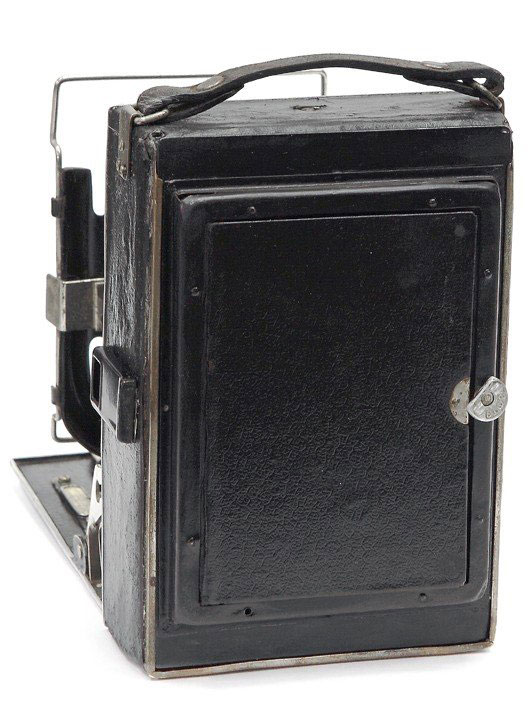
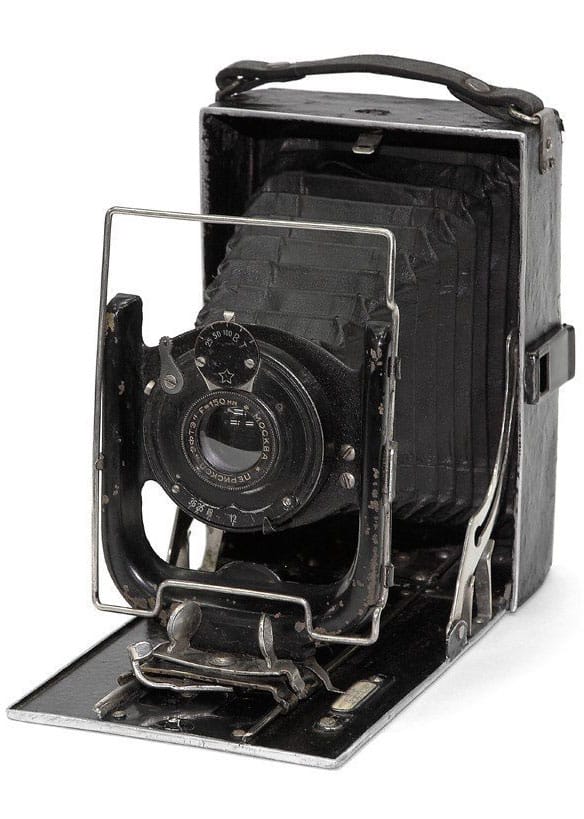
Like the first model, this camera has a flip-up viewfinder, also called a “sports viewfinder”. Such a viewfinder helped to take a shoot faster without using ground glass.
EFTE-2 is one of the first Soviet cameras. It is very difficult to find the camera in good condition and at a good price. But if you manage to find one of these old Soviet Cameras, you will get a lot of fun from using such a Soviet dinosaur from the beginning of the 20th century.


